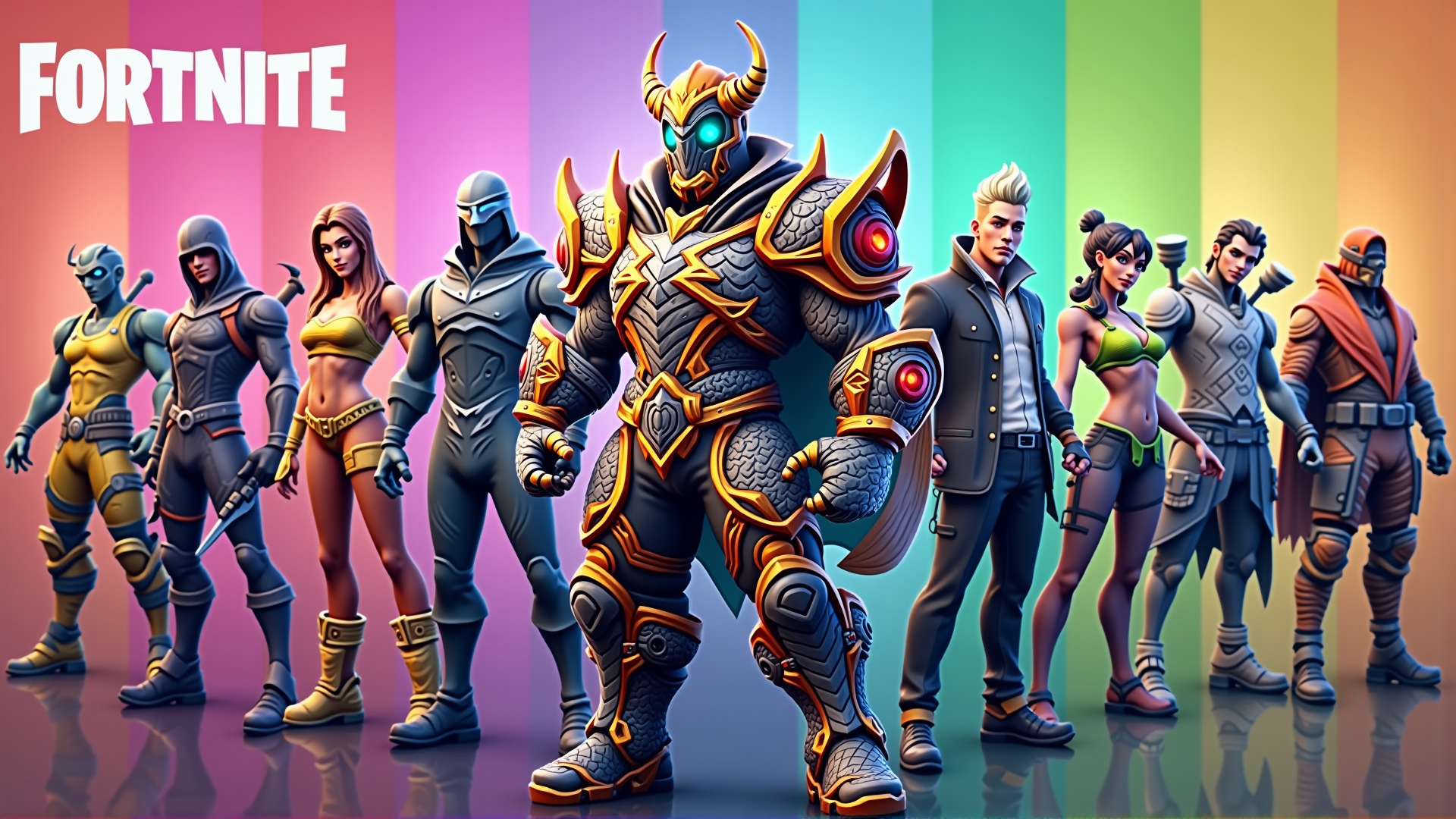Virtual cosmetics, commonly referred to as skins, have become a cornerstone in the evolution of modern gaming, transforming not only how players interact with games but also how games are marketed and monetized. These digital overlays or modifications alter the appearance of characters, weapons, and other in-game items, offering players a way to express individuality and enhance their gaming experience.
The impact of cosmetic items on player engagement is profound. In many multiplayer games, they serve as status symbols, representing a player's achievements, dedication, or investment in the game. This visual distinction can foster a deeper emotional connection to the game and motivate players to spend more time and resources in pursuit of these items. Furthermore, the ability to personalize avatars or equipment enables players to inject their identity into their virtual existence, making the gaming experience more immersive and enjoyable.
For developers, virtual cosmetics present an innovative revenue stream that deviates from traditional gaming monetization methods such as subscription fees or one-time purchases. By offering limited-edition or exclusive designs, developers create a sense of urgency and desire, which can significantly boost sales. These items can be cycled seasonally or linked to special in-game events, ensuring a continuous cycle of engagement and revenue generation.
The marketing strategies behind skins have also evolved, often involving collaborations with popular brands or celebrities to create unique merchandise tie-ins. This not only attracts a broader audience but also enhances the cultural relevance of the game. By tapping into existing fan bases of brands or personalities, games can expand their reach and engagement beyond their traditional player demographics, creating cross-promotional opportunities.
In the competitive space of esports, aesthetics take on another dimension. Teams and individual players often showcase unique skins during tournaments, contributing to their personal brand and increasing viewer engagement. Spectators are drawn not only by the skill on display but also by the novelty and flair brought by these aesthetics, enriching the overall viewing experience.
Moreover, user-generated content platforms increasingly allow players to design and sell their own skins within certain games, fostering a thriving community of creators. This player-to-player economy not only increases player retention but also expands the diversity of available cosmetics, catering to a myriad of tastes and preferences.
In conclusion, virtual cosmetics have revolutionized the gaming landscape by redefining player interaction and enhancing marketing strategies. They bolster player engagement through personalization and serve as a powerful tool for developers to monetize games in a sustainable and player-friendly way. As technological advancements continue, the potential for even more innovative and interactive forms of digital expression is vast, promising an exciting future for the gaming industry.
